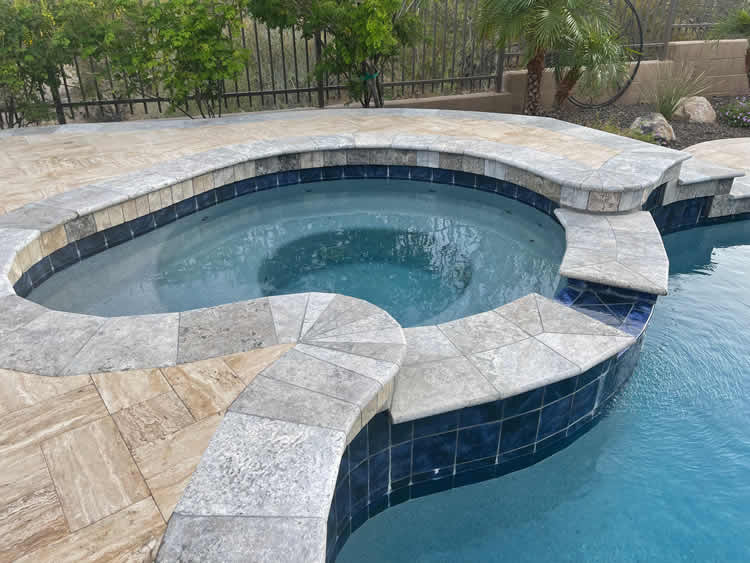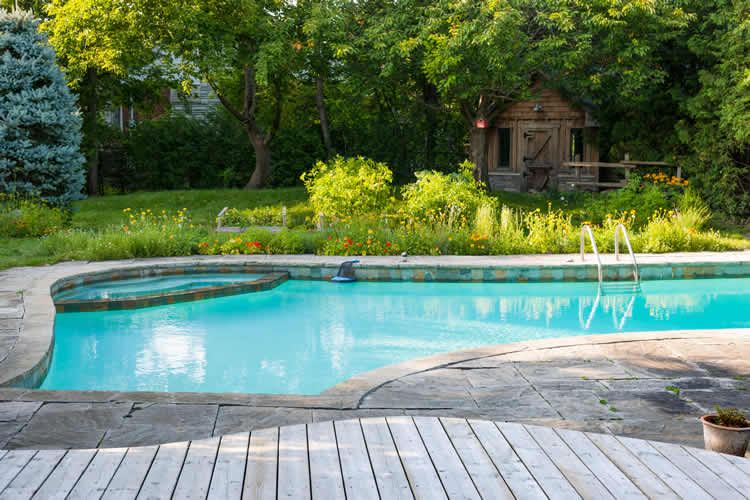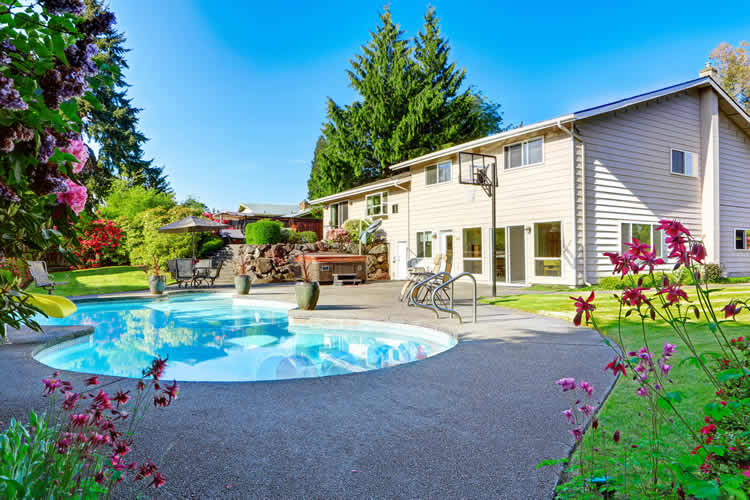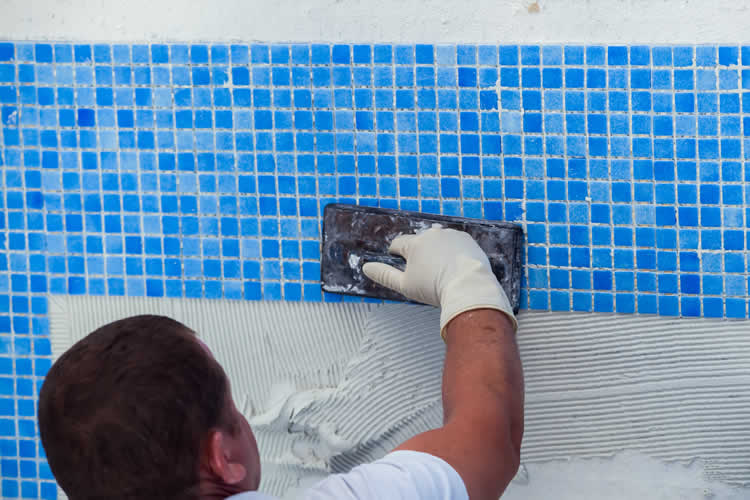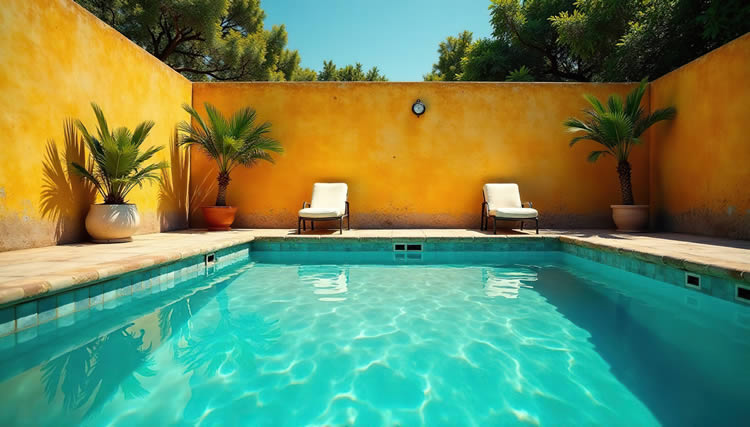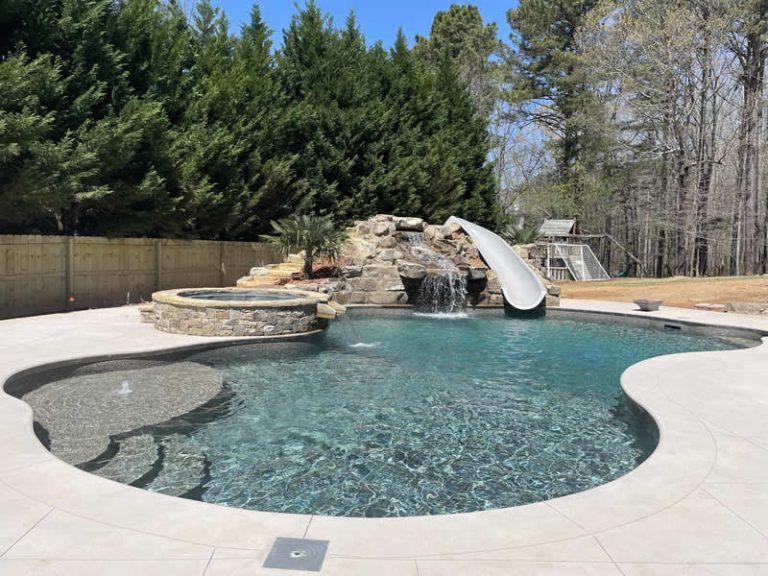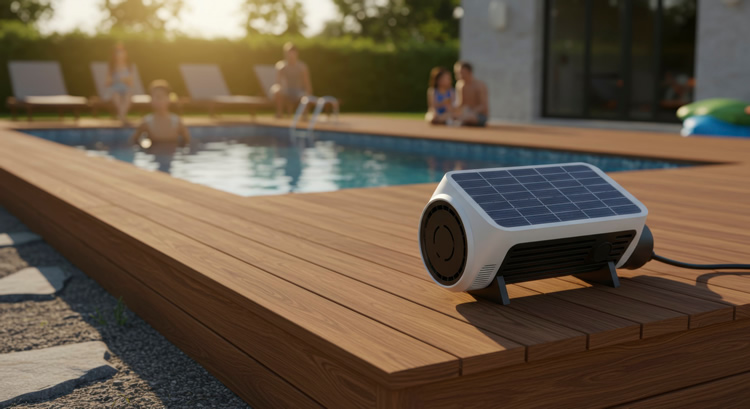Adding a Spa to an Existing Pool: What to Know First
If you already own a pool, adding a spa might seem like the natural next step — a way to extend swim season, unwind after work, or create that “resort-at-home” feel. The good news? It’s absolutely possible. The better news? With smart planning, it can look like it was always meant to be there.
For Georgia homeowners, where mild winters invite outdoor living almost year-round, a pool-spa combination adds both comfort and value. But before you start designing, it helps to understand what’s involved behind the scenes — especially when tying a spa into an existing system.
Spa or Hot Tub: What’s the Difference?
While the terms get tossed around interchangeably, they’re not quite the same.
- Hot Tub: A standalone, self-contained unit (usually portable) with its own plumbing and heating.
- Spa: A built-in feature, typically constructed from concrete or gunite and integrated directly into the pool’s plumbing and filtration system.
Adding a spa to an existing pool is a construction project — not a plug-and-play setup — but the result is seamless and permanent.
Step One: Decide Where It Fits
The best spa placement depends on both aesthetics and function.
- Attached spa: The most popular option. Built adjacent to the pool, sharing the same water and equipment.
- Raised spa: Elevated above the pool for visual drama and a natural spillway effect.
- Detached spa: Built nearby but with its own system. Offers design flexibility but costs more to heat and maintain separately.
When space allows, a raised attached spa gives you the best of all worlds — stunning design, shared heating efficiency, and the soothing sound of cascading water.
Step Two: Plan the Integration
Adding a spa to an existing pool means connecting new plumbing, electrical, and heating components into your current setup. This requires expert design and precise coordination.
Key considerations:
- Hydraulics: Your current pump must be powerful enough to handle extra jets and water volume.
- Heating: Gas heaters are still the most efficient for spas, as they can raise water temperature quickly.
- Control System: Consider upgrading to automation for easy switching between pool and spa modes.
- Structural Design: Builders may need to cut and reinforce parts of your deck or pool shell for integration.
If your pool equipment is more than ten years old, it’s often wise to upgrade the pump or heater at the same time. Combining projects saves on labor and ensures balanced performance.
Step Three: Design for Style and Flow
Your spa should complement the existing pool, not compete with it. The goal is a cohesive look that feels intentional.
Popular Georgia Spa Styles:
- Infinity-Edge Spillover: Water gently flows into the pool for a tranquil sound and elegant appearance.
- Circular or Hexagonal Raised Spas: Provide symmetry and focal balance.
- Integrated Seating Ledges: Connect spa and pool seating for a social layout.
- Natural Stone Surrounds: Perfect for rustic, wooded properties or lake homes.
Material consistency is key — match your spa’s coping, tile, and lighting to your pool for a unified finish.
Step Four: Know the Cost Range
Adding a spa isn’t cheap, but it’s one of the most rewarding upgrades you can make. In Georgia, expect to spend:
- Attached spa: $10,000–$20,000
- Raised spa with spillover: $15,000–$25,000
- Standalone spa (custom-built): $20,000–$35,000+
Costs vary based on size, materials, and whether plumbing or electrical upgrades are needed. But in terms of added home value and enjoyment, it’s an investment that pays off every time you step into that warm water.
Step Five: Plan for Comfort and Use
A spa can serve different purposes depending on how you design it. Think about what you want from it before finalizing details:
- Therapeutic Jets: Ideal for sore muscles and recovery after workouts.
- Built-in Benches: Perfect for families and social use.
- LED Lighting: Enhances ambiance for night relaxation.
- Automation Integration: One-touch control for temperature and jets.
Many homeowners pair a spa with fire bowls or outdoor fireplaces nearby for added warmth and atmosphere on cool Georgia nights.
Step Six: Maintenance and Operation
Since attached spas share water with your pool, maintenance is streamlined — same pump, same filtration, same chemistry.
However, you’ll need to:
- Keep pH and alkalinity stable, as hot water magnifies chemical imbalances.
- Clean jets regularly to prevent calcium buildup.
- Winterize if unused for extended periods, though most Georgia homeowners enjoy spas well into winter.
Automation systems can handle temperature scheduling, ensuring your spa stays ready without constant monitoring.
Frequently Asked Questions
Q: Can every pool support an attached spa?
Most gunite pools can, but it depends on space, plumbing, and equipment condition. A quick inspection can confirm feasibility.
Q: How long does construction take?
Typically 2–4 weeks, depending on design complexity and weather.
Q: Does a spa increase property value?
Yes — especially when it’s integrated. A built-in spa is considered a premium feature in Georgia’s real estate market.
Final Thoughts
Adding a spa to your existing pool transforms your backyard from “nice” to “never want to leave.” It’s warmth, comfort, and luxury rolled into one — and with today’s technology, it’s easier than ever to add without rebuilding from scratch.
At My Aqua Fun Pools, we help Georgia homeowners design and integrate custom spas that blend beauty with function. Whether you want a peaceful soak under the stars or a striking raised spillover feature, we’ll make it fit your pool — and your lifestyle — perfectly.
Let’s Talk …
Let us take care of your Pool & landscape
At Aqua Fun, we don’t just build pools — we build relationships that last for seasons to come. Our team takes the time to understand your space, your needs, and how you actually use your backyard. Then we craft solutions that make every swim, soak, or gathering more enjoyable. It’s not about selling you more; it’s about helping you get it right.
If you’ve been thinking about improving, repairing, or re-imagining your pool, let’s talk. We’ll meet you where you are, explain your options clearly, and make sure the whole process feels simple and stress-free. That’s the Aqua Fun way — real people, real care, and results that speak for themselves.
Mon – Fri
8:00 – 6:00

